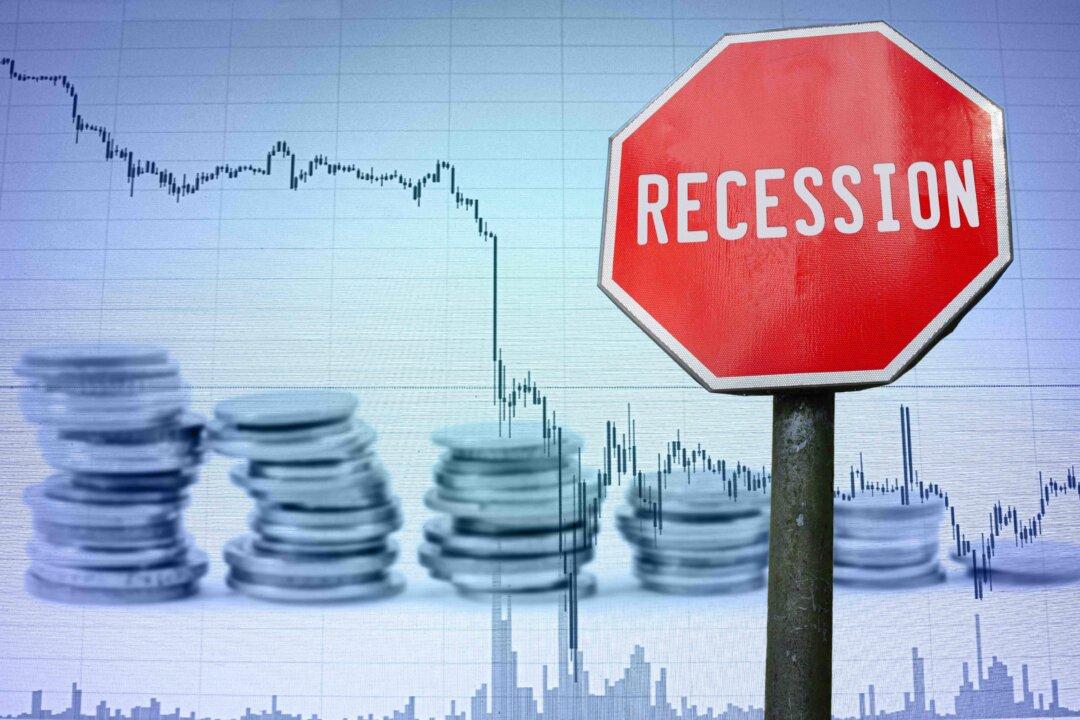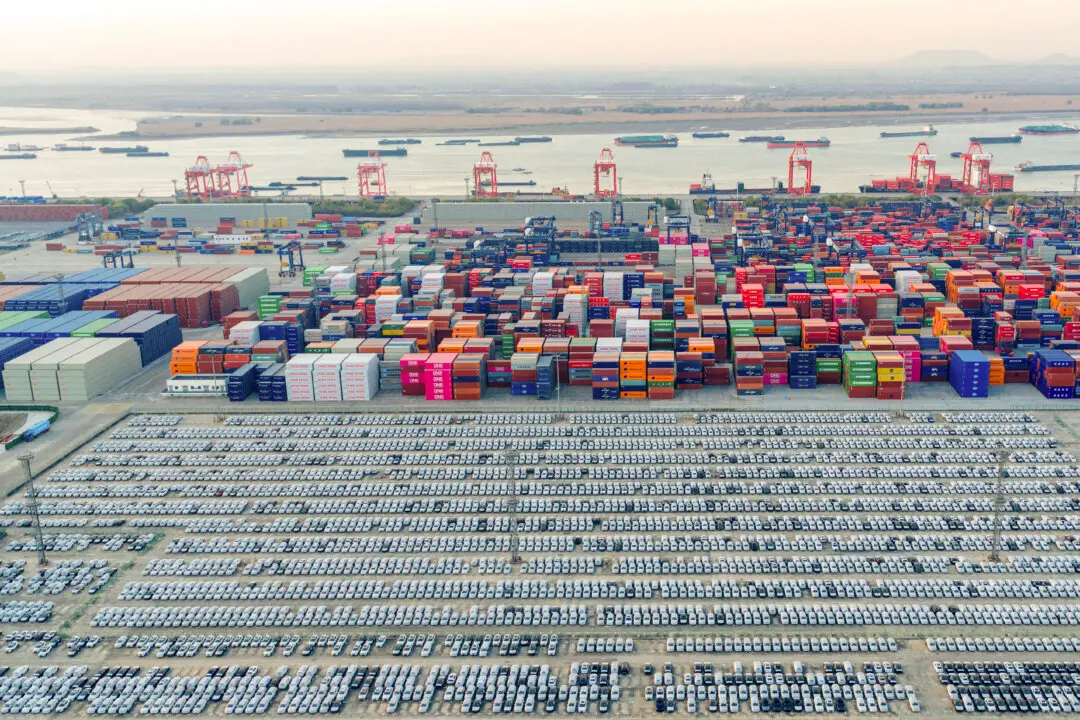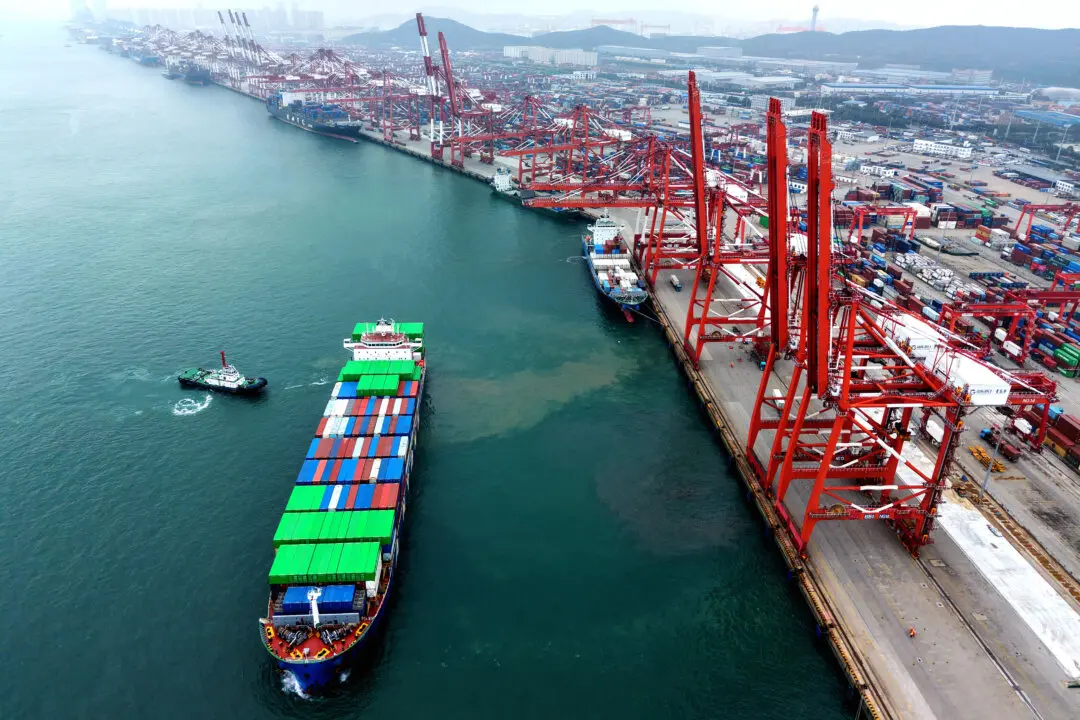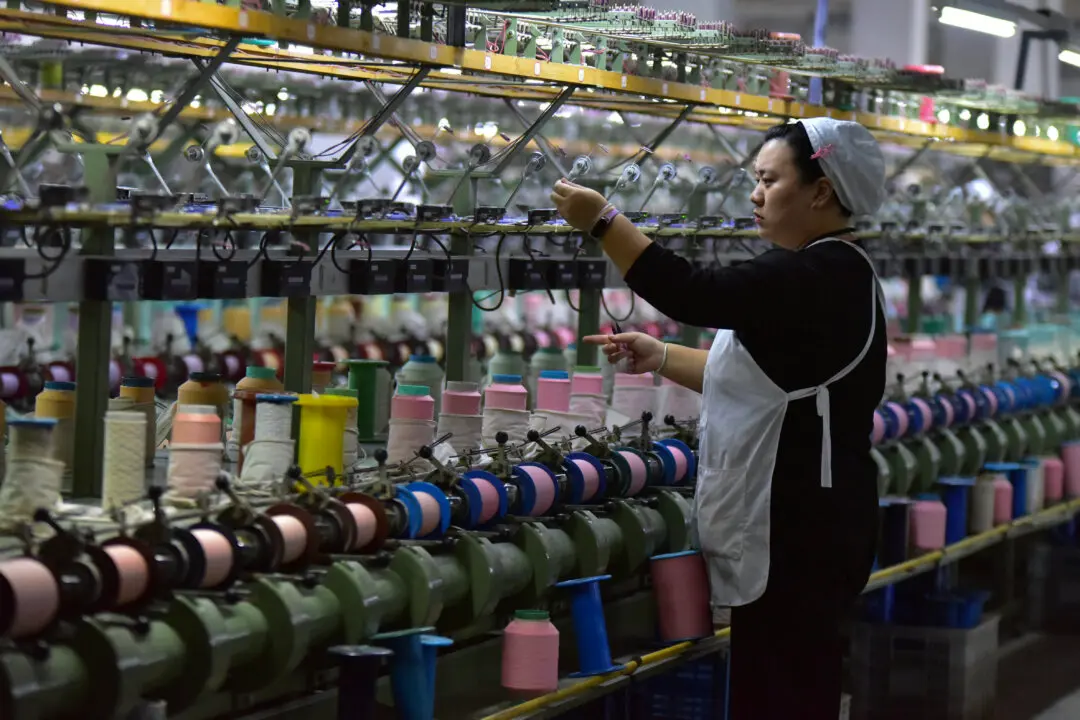Commentary
When the spring quarter’s gross domestic product (GDP) showed a decline, a great media debate ensued about whether the economy is already in recession. Those who say yes point to the commonly held definition that a recession is two consecutive quarters of declining real GDP, and the news seems to fit that criterion.





